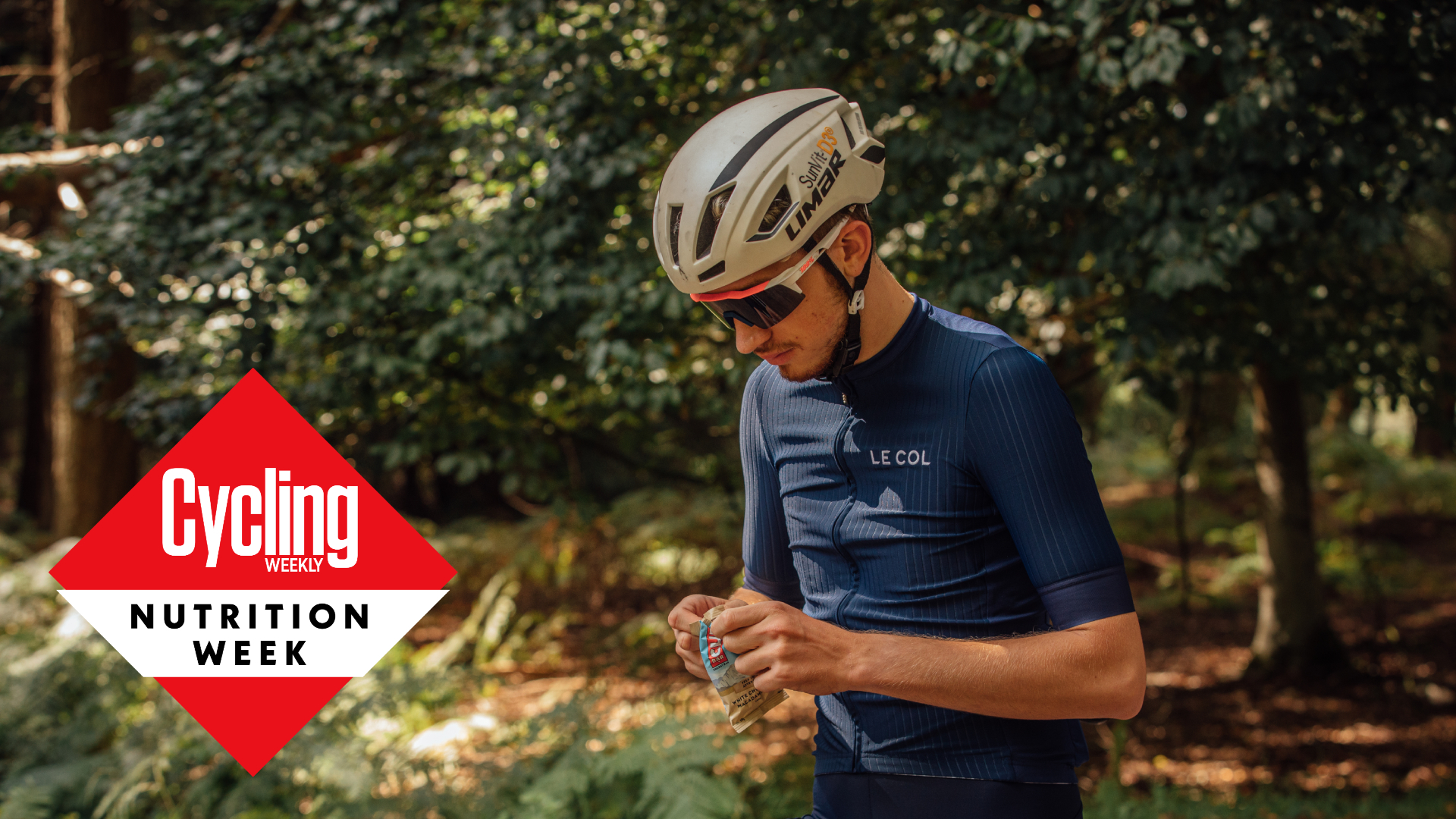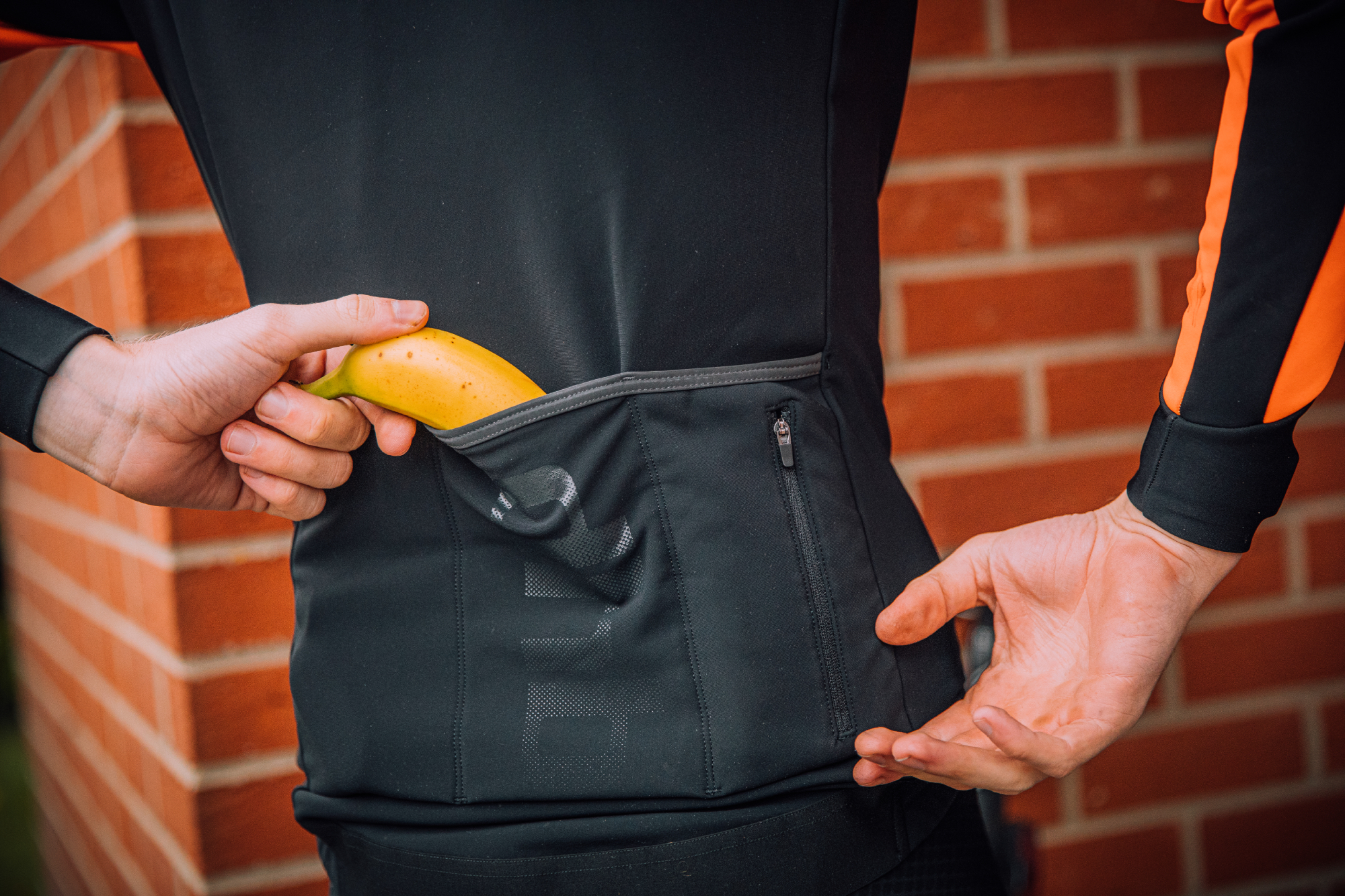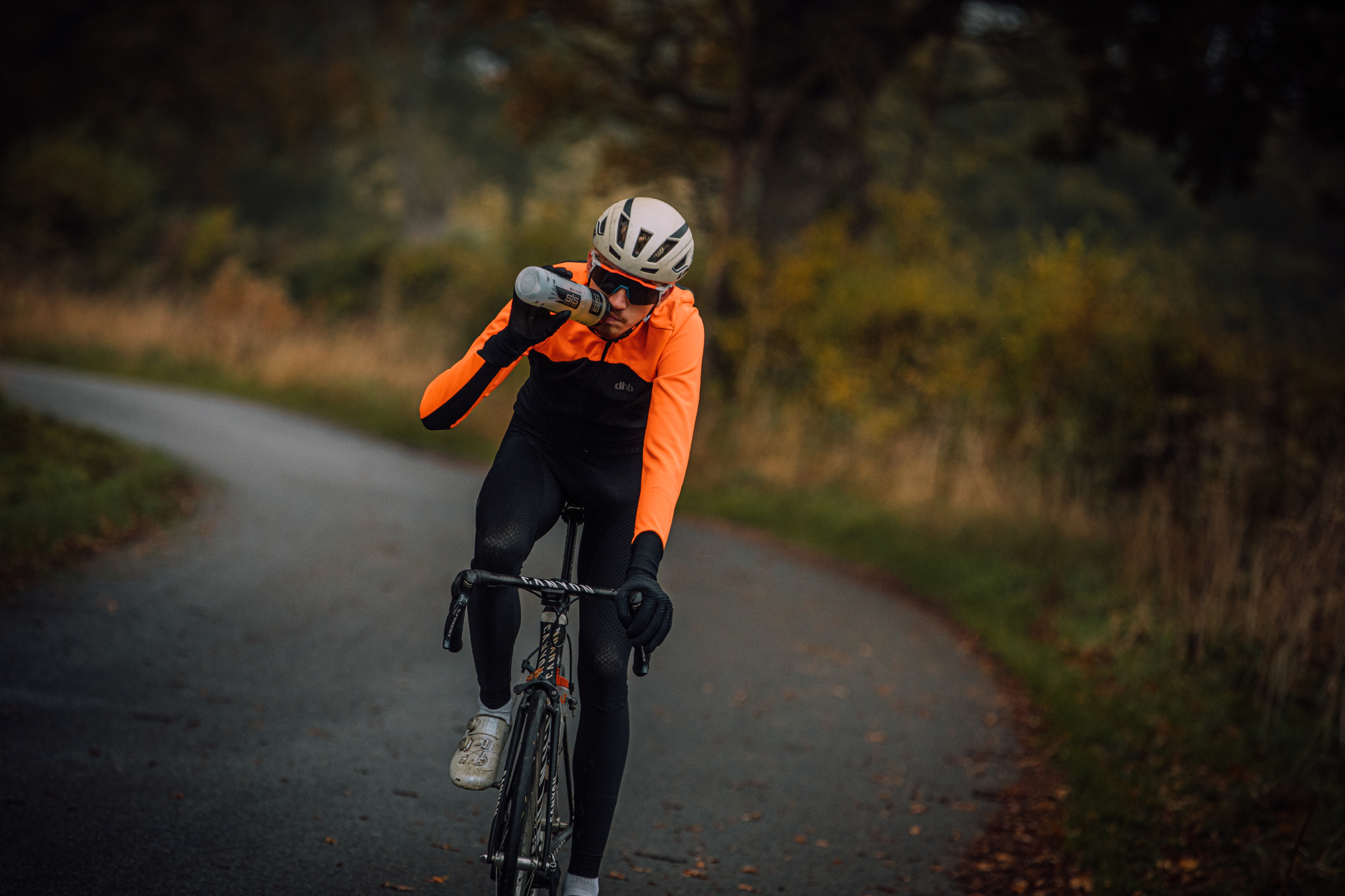The best food for endurance cycling - here’s what to eat and drink before, during and after
What to eat before, during and after endurance rides to avoid ‘bonking’ and maximise your cycling fitness gains


Cycling nutrition is a difficult thing to get right for shorter rides, let alone the longer outings. The last thing we want to experience is the dreaded ‘bonk’ on an endurance ride, especially when far away from home, and ideally we want to limit the pain in our legs that we feel the next day. So how do we fuel properly for rides that are longer than 3.5 hours?
To find out more about the best food and nutritional approach for endurance cycling, we spoke with Dr Emily Jevons, a Lecturer in Nutrition at the University of Chester and a Physiology and Nutrition Consultant. She is an expert in sports nutrition, eating disorders, and endurance sport.
Best food for endurance cycling
Best pre-ride food for endurance cycling
Although not something we often need to do in advance of Zone 2 paced endurance training rides, if you are sprinkling efforts / intervals into the ride, it is worth considering carb loading before a session.
“Carbohydrates are an essential macronutrient and for most people, carbohydrates are our bodies preferred energy source, especially at high intensity,” Dr Emily Jevons explains.

“Carbohydrate loading has been around for decades, having proven results in increasing our carbohydrate stores through purposefully ‘loading’ our bodies with carbohydrate in the run up to an event.
“This can result in reduced fatigue and improved performance by 2-3 per cent for exercise > 90 minutes. Try ~8-10g per kg of body weight per day for a few days beforehand.”
Before a normal endurance ride, Dr Jevons suggests having a carbohydrate rich meal between two to four hours beforehand, ideally with a lower glycaemic index (GI) so that the energy is released more slowly. Then with 30-90 minutes before a ride, a higher GI carbohydrate snack such as a banana is best to consume. However she does emphasise that timings and food choice will be very individual based on personal preferences and gut tolerances.
The latest race content, interviews, features, reviews and expert buying guides, direct to your inbox!

Best food during endurance bike rides
If we are fueling properly with a balanced diet, then our body's carbohydrate stores can last us for about 90 minutes of exercise. But as Dr Jevons points out, this is why fuelling on the bike is so important when riding for longer durations.
“If you are going on a ride for ≥ 2 and a half hours, you should aim for around 60-90g of carbohydrate per hour to maintain blood glucose and prevent fatigue,” Dr Jevons says.
“Though the exact amount will vary slightly depending on your body weight, lighter athletes can aim for the lower end of the range.
“However, if you are riding at a moderate/hard intensity, for example doing some hard intervals or during a race ≥ 2 and a half hours, you may need to aim for 80g or as much as 120g of carbohydrate per hour depending on your body weight.
“Working at a harder intensity requires more carbohydrate than an easier ride.”
You also need to consider the type of carbohydrate you take on during your ride.
“In order to consume ≥ 60g of carbohydrate per hour, you have to consider using multiple types of carbohydrate,” Dr Jevons points out, “glucose and fructose”.
She explains: “This is because our bodies can only process so much of one type of carbohydrate per hour. For example, the maximal oxidation rate for glucose is around 60g per hour. So, if we want to consume more than this, using another type of carbohydrate simultaneously, such as fructose (where we can absorb around 30g per hour) can increase our total carbohydrate absorption.“
Carrying extra food can be make easier by wearing a pair of the best cargo bib shorts for example, which will help you to slot in some extra food to keep up your fuelling levels.
Hydration for endurance cycling

Hydration comes in two parts, the overall quantity of water, and the electrolytes we need to consume alongside this volume. More than two per cent reduction in body weight is often cited as the point at which performance is compromised significantly, so ensuring that we don’t lose more than this during our rides is essential. However, this needs to be measured as everyone has individual sweat rates.
“The best way to work this out is to try and calculate your sweat rate in training by weighing yourself pre- and post-ride, “ Dr Jevons says, “but also consider if you took any fluid or food on during your ride this will also affect your weight.
“Total sweat loss can be calculated by weight loss plus intake volume. Then divide your total sweat loss by your exercise time to give your sweat rate.”

As for electrolytes, these include sodium, calcium, and potassium and allow our bodies to function properly in terms of muscle contractions and water absorption. We lose these when we sweat which is why it tastes salty, and like sweat rate, the saltiness of our sweat varies. To help get enough salts in, it’s worth adding an electrolyte tab to your drink when training indoors or in the heat, or if you are a particularly salty sweater, add a pinch of table salt while being cautious of overall salt consumption throughout the day.
Best post-ride food for endurance cycling

Finally, we come to post-ride cycling nutrition, where consumption of both protein and carbohydrates is essential.
Recovery is just as important as cycling nutrition during your endurance ride. “Not only do we need to repair our muscles so we can adapt effectively but we also need to replace our depleted glycogen stores,” Dr Jevons says.

“Ideally aim for a meal high in protein to aid muscle recovery and carbohydrates to replenish your glycogen stores after endurance cycling. If you’re on the go or generally quite busy post-ride then this is where protein shakes or a sport specific protein-bar that also contains carbohydrate can be useful! Depending on what you drink during your endurance ride, you also may have to consider having some electrolytes post-ride as well.”
Key point
You may have noticed a theme within this article. “All cycling nutrition is individual and there is definitely no one size fits all approach,” Dr Jevons concludes. “Your nutrition for endurance cycling should be about finding out what works best for you.”
This is why trialling cycling nutrition strategies in training is so important, and don’t expect it to go right every time! There will be mistakes, but use those as a chance to learn. If ever you really get stuck, you can enlist the services of a performance nutritionist such as Dr Jevons to help.
Andy is a Sport & Exercise Scientist, fully qualified and experienced Cycling Coach, Sports Director, Freelance Writer, and Performance Consultant. He spent 3 years riding for a UCI cycling team and 7 years as a BC Elite rider, competing in prestigious events such as the Tour of Britain and the Volta a Portugal.
Graduating with a first-class honours degree in Sport & Exercise Sciences, he continues to pursue his interest in research in the field of Sport Science alongside managing his coaching business, ATP Performance. He also works as a Wind Tunnel operator and Performance Consultant at the Silverstone Sports Engineering Hub, working with individuals, teams, and businesses to optimise performance and develop products.
